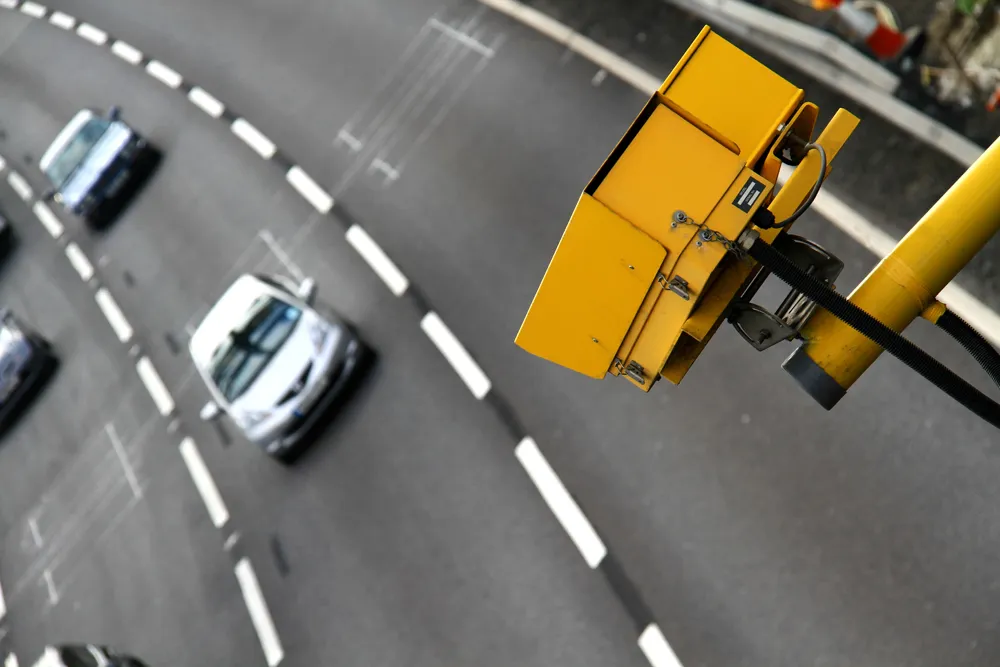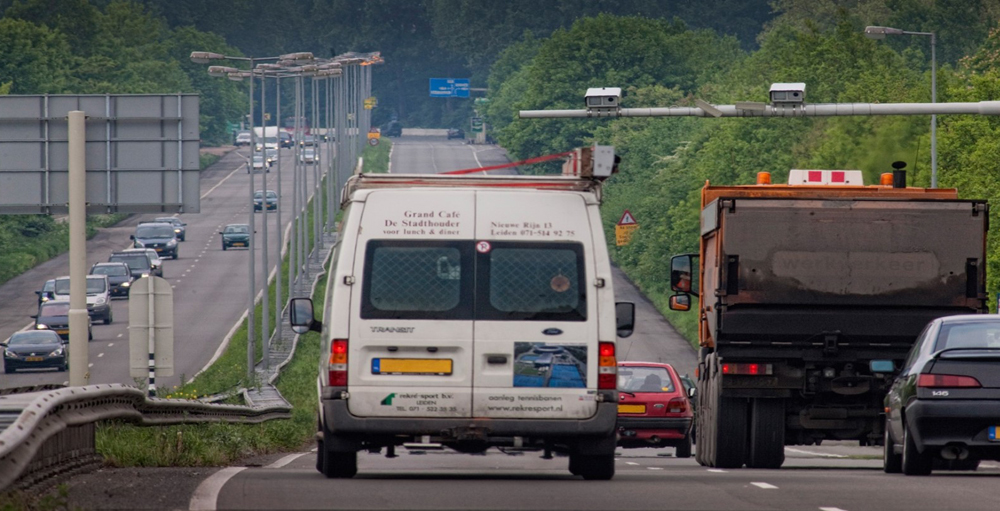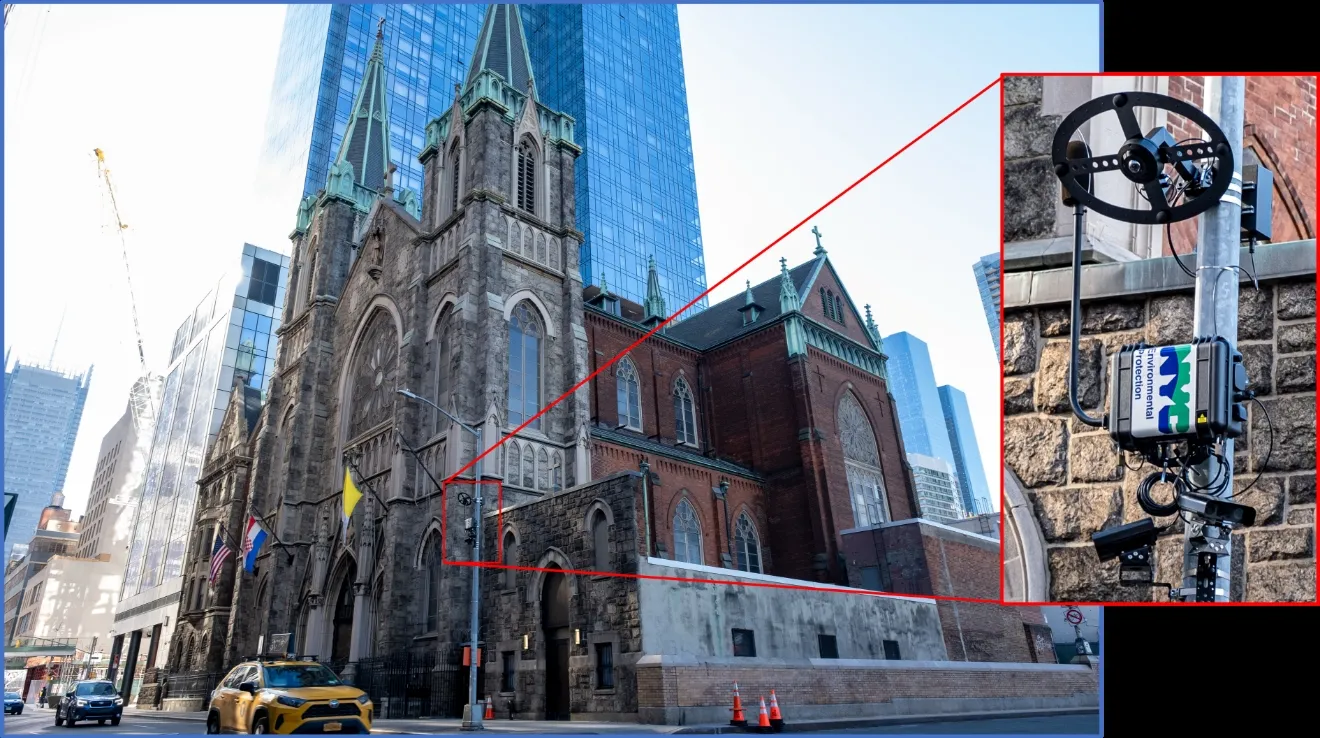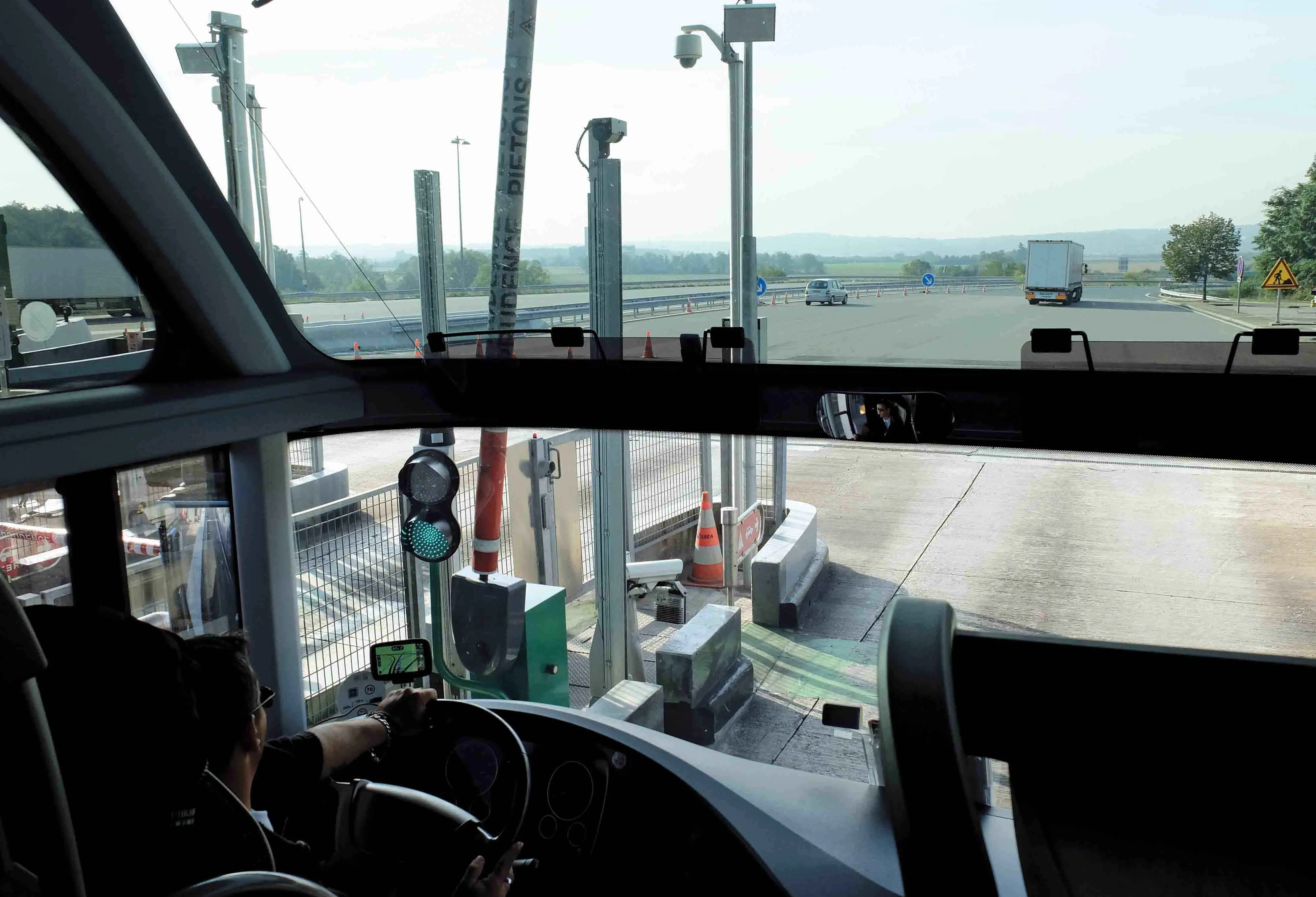
If a speed camera system is found to be unreliable and inaccurate during or after a period of uncalibrated enforcement operation, the safety benefit of the ASE treatment as a whole is at risk. A reduction in the trust in the accuracy of the ASE systems will result in a loss of public support and confidence in the enforcement authority. Inaccurate readings by speed monitoring equipment may also result in reparations that frequently include the repayment of fines and penalties that have been incorrectly issued as a result of the defect. Finally, the removal of an improperly calibrated speed enforcement system will create a period of increased risk to the public.
Working through its Committee on Enforcement, IRF members have tackled the issue through a new White Paper titled “Accuracy and Integrity of Speedmeters by Calibration” now available on the IRF website (www.irf.global). The purpose of this paper is to enable all actors of the speed enforcement chain to understand the high-level principles required to achieve accuracy and integrity of ASE equipment.
National approval authorities for ASE set requirements that generally follow international specifications. Once approval is gained by the manufacturer, it is up to the operator of the ASE to procure independent services such as ISO-accredited independent laboratories who can provide traceable calibrations under an internationally accepted accreditation scheme. ASE equipment that is calibrated on an annual basis, or at an agreed interval, by an ISO 17025 accredited calibration laboratory is much less susceptible to legal or technical challenge.
 There is also potential for accredited ASE systems to be installed in a way that does not comply with the specified dimension. As such, the readings may diverge sufficiently from the installation parameters to cause an inaccuracy in a reading or reduction in the integrity. This creates what drivers, their representatives and courts, may consider ‘reasonable doubt’ in the accuracy of evidence produced by errors that could exist even when Type Approved equipment is installed.
There is also potential for accredited ASE systems to be installed in a way that does not comply with the specified dimension. As such, the readings may diverge sufficiently from the installation parameters to cause an inaccuracy in a reading or reduction in the integrity. This creates what drivers, their representatives and courts, may consider ‘reasonable doubt’ in the accuracy of evidence produced by errors that could exist even when Type Approved equipment is installed.
As a result, an independent calibration test that is conducted by an accredited laboratory which can produce traceable and accurate data in a full system test from the road to the violation record will provide the strongest assurance of accuracy and integrity. Done this way, it is difficult to contest in a reasonable way and, when challenged, it can withstand the sternest of tests.
The reduction of challenges will keep the work of ASE authorities to a minimum, with challenges restricted to avenues not related to speed accuracy. The resulting cost savings, not to mention the decreased threat to reputational risk of the enforcement authority, are just two of the benefits. The main advantage though is to have a system that is fair to members of the public using the highways and road network. Ultimately, the approach outlined in this paper allows all stakeholders to have confidence in a credible and accurate system, a system which is deployed fundamentally to save lives.








